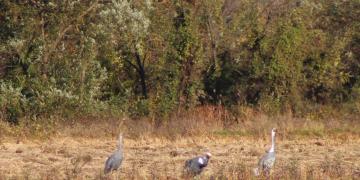SAMP established and supported by a legal, institutional, and operational framework.
Marine Protected Areas Sub-system supported by a sustainable financial framework
Enhanced institutional and individual capacity for SAMP management
Colombian and international communities are aware of SAMP - Communication and Outreach
